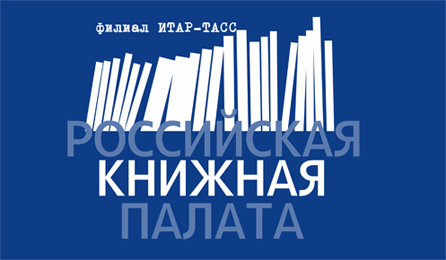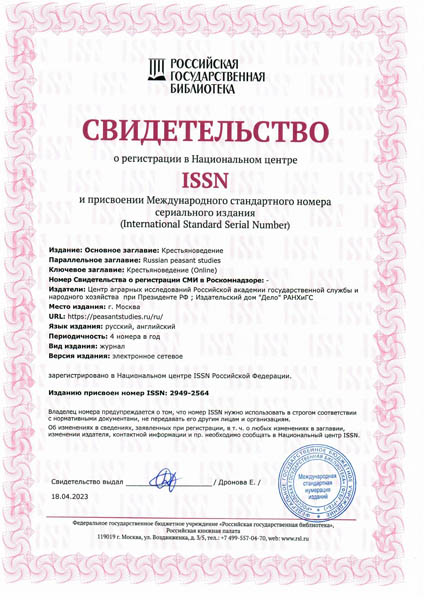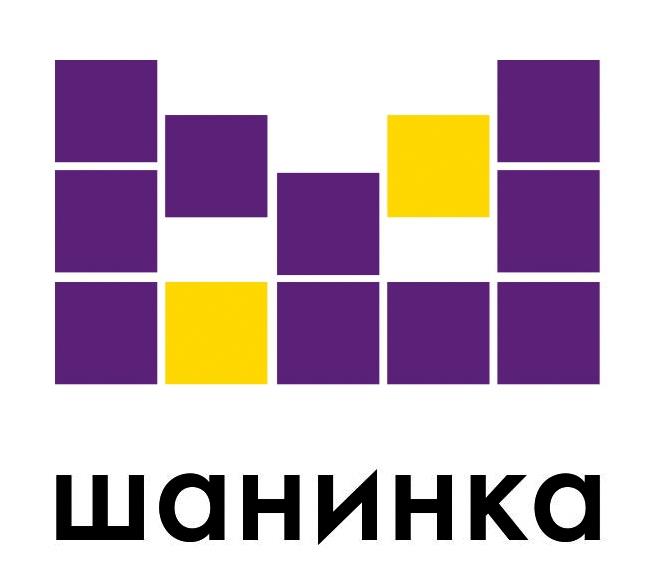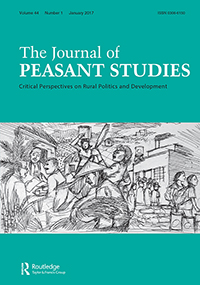Kim Chang Jin. Korean modernization and peasant mobilization in the 1960s and 1970s // The Russian Peasant Studies. 2020. V.5. №3. P. 109-130.
DOI: 10.22394/2500-1809-2020-5-3-109-130
Annotation
In the contemporary world history, rural communities and small producers did not naturally disappear due to the loss of economic competitiveness, but were artificially constrained and destroyed by the state laws, institutions, and policies. South Korea, which is considered a representative success case of the late capitalist industrialization after the World War II, can be an important example to examine the relevance of this challenging perspective. Korea’s economic success was largely determined by the NACF (National Agricultural Cooperatives Federation) lack of integrity: it was to be a voluntary and autonomous organization of farmers, but became a subordinate partner of the agricultural policy of the military government. The Saemaul (New Country) Movement developed by the government to promote rural innovations actually accelerated the decline of agriculture for it was used to control farmers. In the 1960s and 1970s, the Korean rural society was deeply dependent on the state power. At the same time, the farmers resistance developed as a reaction to the military government policies, and the NACF became the target of the farmers collective resistance movement. Thus, under the Park Chung Hee’s regime, Korean farmers were to participate in the national economy and become a part of the mandatory social-economic movement; however, they never managed to achieve a true class/collective political representation.
Keywords
Korean modernization, peasant mobilization, Park Chung Hee’s regime, NACF, Saemaul Movement, peasant movement, state power, autonomous modernization power
About the author
Kim Chang Jin, DSc (Political Science), Professor, Sungkonghoe University. 320, Yeondong-ro, Guro-gu, Seoul, 08359, South Korea.
E-mail: This email address is being protected from spambots. You need JavaScript enabled to view it.
























